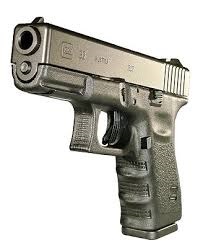Iowa board decides to require seat belts on school buses

DES MOINES — The State Board of Education gave final approval Thursday to a change in state school bus rules that will require seatbelts to be installed whenever a district buys a new school bus.
Department of Education Transportation Director, Max Christensen, told the board members that it will take some time before all buses have them “If we were to begin to require them for example this fall — a typical lifespan of a school bus in Iowa is at least 15 years — so we would probably be looking at probably 12 to 15 years before every school bus would probably have lap shoulder belts,” according to Christensen.
The rules must now go to the Legislative Rules Committee and if they review them in September and pass them, the requirement could be in place by October. Christensen was asked if this would maybe delay a district from ordering new buses. He says he’s actually seen that schools have decided if the new rule is coming they are going to go ahead and order the buses with the lap belts now, and says he heard from a district this week that is doing that.
A board member who used to be a bus driver asked if there is a concern about young kids being able to get out of the belts after an accident. “Quite frankly, kids are used to using seatbelts and seat releases right from day one. Kids are in carseats and as they age they get more used to using those,” Christensen says. “We believe kids are going to know how to use those and won’t really have very many difficulties with that.”
He says the bus manufacturers have to follow federal safety standards for the lap belts. “The federal government requires that a lap shoulder belt release will release with the same amount of pressure or force –whether there is pressure on the belt or not,” he explains. “We’ll just say the bus is upside down, and the kids are hanging in the seatbelts. The amount of force needed to release that seatbelt at that point will be the same as if you were just sitting there.”
He was also asked about any technology that would tell the driver if the students had the seatbelts on, so the driver did not have to check each one. “You know with technology the way it is, anything could happen. Currently it is not available. I certainly believe that that is something that could become available,” Christensen says.
He says the added cost for the seatbelts depends on the size of the bus. It comes down to about 123 dollars per seating position. So if its a 50-passenger bus, 50 passengers times 123. Or if it is an 80 passenger bus, 80 times 123,” according to Christensen.
The change in the seatbelt rule was part of an overall review of bus rules, and came following a public hearing on the issue in June.




